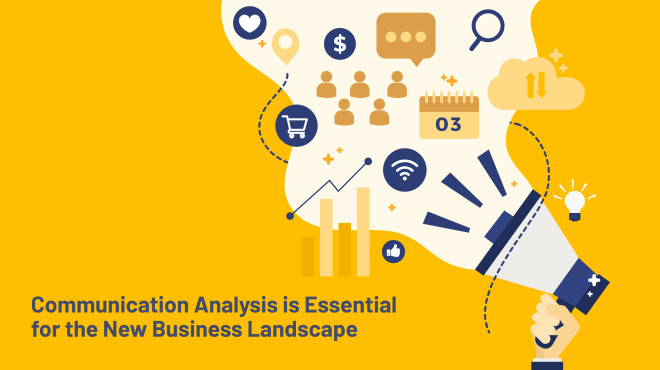As you can see, there are some exciting new ways and systems for teams to communicate through, while being able to learn more about their customers. In a world with an increasing amount of priority being placed on the customer, making the most out of every single interaction matters. Businesses never honestly know what conversation will spark an expansion opportunity or referral dialogue, so nailing your customer communication frequently can separate the “good” from the “great” conversations.
These frequent conversations may be unpredictable, though you can still refine your tactics to be prepared for them when they do pop up. Here are some highly impactful ways to make the most of these critical discussions.
Optimize your communication on a personal level. Refine your speech, so it gets noticed and has lasting value. Removing verbal crutches such as “um” and “like” from your vocabulary over time will help you reach your point faster and communicate more clearly. I know personally, this has been an exercise I have practiced since college. You can’t rely on every customer having patience (or a long attention span) so being punctual with what you say is essential.
Choose your words wisely and efficiently. In an era of rapid communication, the specifics of what you say still has a significant impact. Sometimes the words you choose can unlock customer conversations and open doors to resolving issues that may have stayed close otherwise. For example, saying “that’s interesting, I’ve never thought of it that way” rather than “none of our other customers have this issue” encourages conversations that bring new ideas and concepts to the surface. This can result in a persistent problem turning into a long-term solution.
Always be conscious of your tone of voice. Use your voice to take your words to a different level and alter their meaning. Saying “I’m sorry” in a stern voice can indicate a lack of empathy while saying this phrase in a dramatic tone usually correlates to insincerity. Make sure your tone of voice can shift quickly and accurately, depending on how the conversation changes to avoid awkward situations. This may seem like a low impact tactic, but it’s crucial for getting customers to truly fall in love with your business.
Nonetheless, don’t overuse “I’m sorry,” a habit that has taken many people that I know personally, a long time to modify this behavior. Using it too often can also make your clients tend to think it’s insincere when you truly are sorry. Choose a channel that matches the conversation. Understand which platform is best for a specific type of discussion. For example, live chat isn’t great for showing empathy because this emotion doesn’t convey well through text, a phone call is usually better in this situation. On the flip side, email can be excellent for highly technical conversations as it provides a direct point of reference for complex details.
Leverage sentiment analysis from other colleagues. Some of you may be thinking, who has time for that? Sometimes we misinterpret conversational signals, primarily written ones, which can create unnecessary issues in a professional setting. To help avoid this scenario, leverage customer success by having a second set of eyes review a topic of the issue, allowing assistance with a sentiment analysis you’ll always have a neutral “second opinion” of the conversation. Then you can determine the emotions of a message, such as happy or frustrated, and how strongly that emotion comes across. Besides sentiment analysis is a great best practice to have for instantly viewing how different customers feel so you can prioritize and plan your responses to them.
Having high impact customer conversations all comes down to mastering your dialogue based on the situation. Word choice and tone of voice can have incredible power when leveraged correctly to persuade or calm as needed. Selecting the right platform and displaying confidence in your speech is also important in conveying the desired message. Lastly, sentiment analysis is an excellent use of teams to reaffirm your conversational instincts and prioritizing customer responses.





